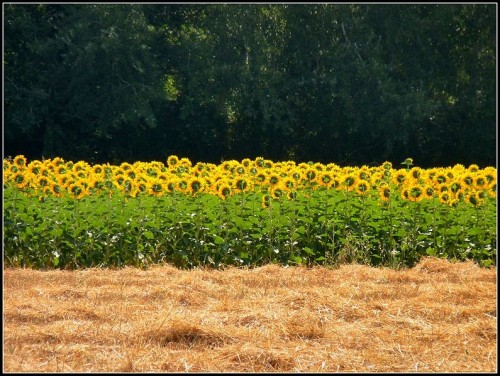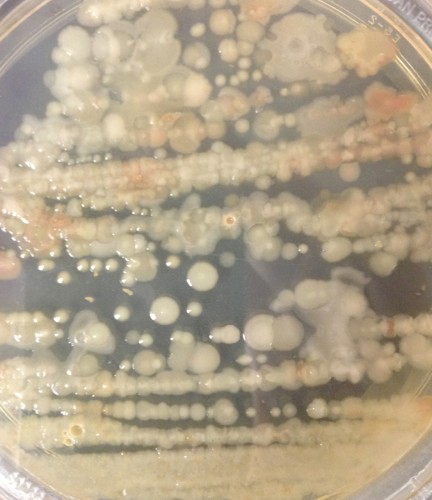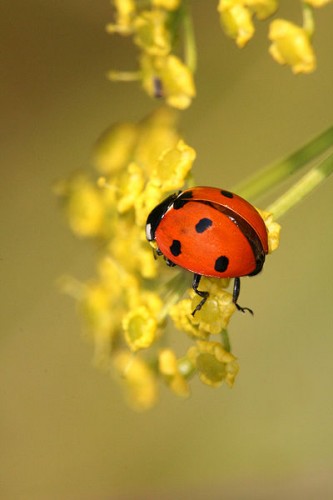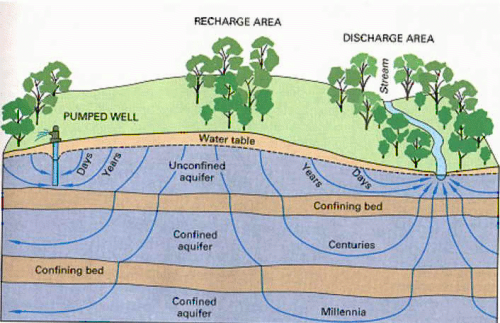Students will learn the common types of pollinators. They will then learn the characteristics of flowers that allow the flowers to attract and utilize particular pollinators. Students will then go outside to put their predictions to the test by observing plants and their pollinators.
At the conclusion of the lesson, students will be able to:
- learn some of the common types of pollinators
- notice more details of plants with which they come into contact
- be able to predict what might pollinate each plant species
- learn that even though flowers look very different from one species to another, they still share some characteristics that allow them to be pollinated by similar types of pollinators
Resources:
- Lesson plan (.doc)
- Presentation (.pdf)
- Worksheet (.doc)
Lesson Plan created by GK-12 Fellow Raffica La Rosa, 2008






























